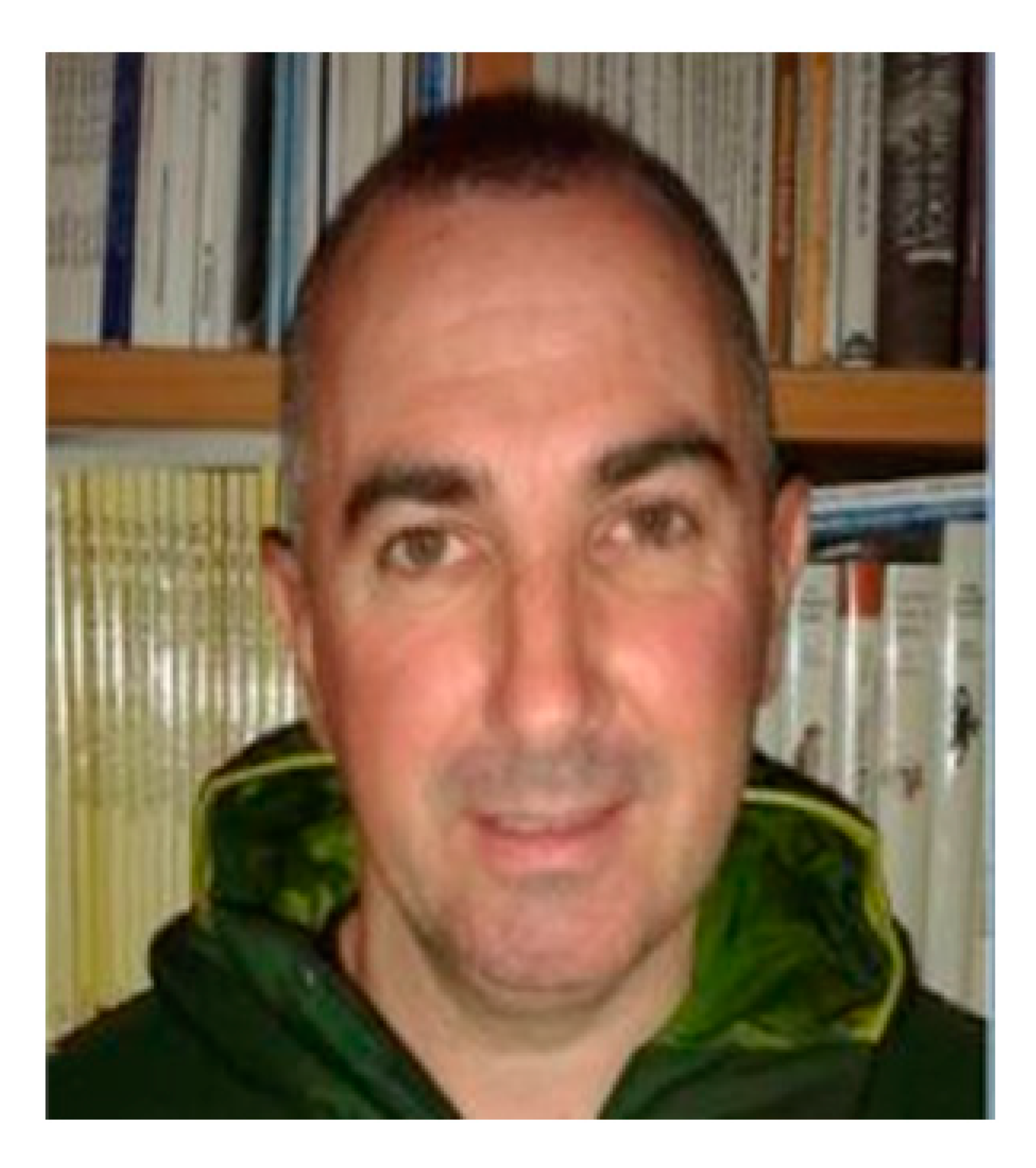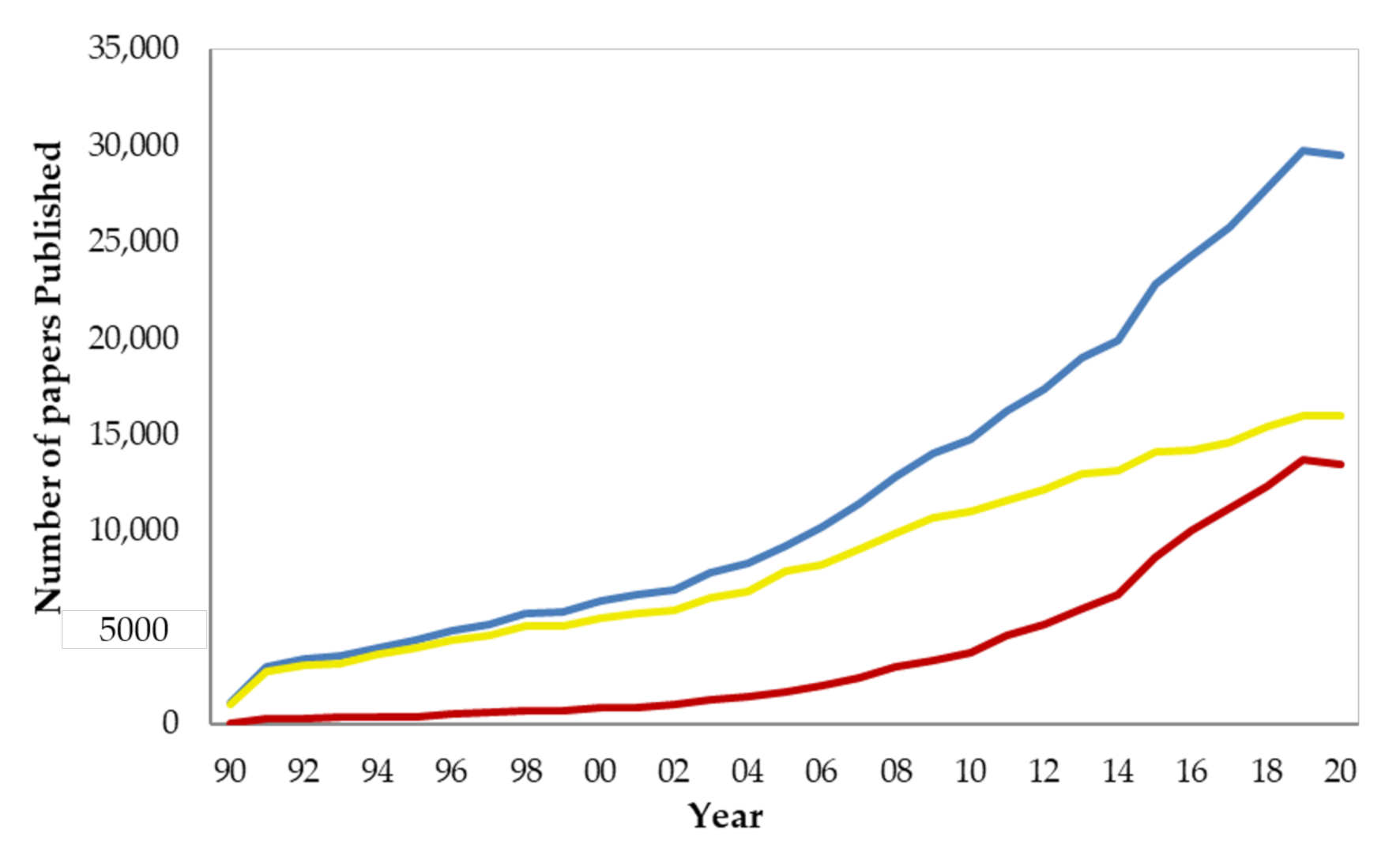Conservation: A New Open Access Journal for Rapid Dissemination of the Transdisciplinary Dimensions of Biodiversity Conservation
References
- Myers, N. The Sinking Ark: A New Look at the Problem of Disappearing Species; Pergamon Press: Oxford, UK, 1979. [Google Scholar]
- Soulé, M.E. What Is Conservation Biology? BioScience 1985, 35, 727–734. [Google Scholar] [CrossRef]
- Wilson, E.O. Biodiversity; National Academies Press: Washington, DC, USA, 1988. [Google Scholar]
- Franco, J.L.A. The concept of biodiversity and the history of conservation biology: from wilderness preservation to biodiversi-ty conservation. História 2013, 32, 21–48. [Google Scholar] [CrossRef]
- Butchart, S.H.M.; Walpole, M.; Collen, B.; Van Strien, A.; Scharlemann, J.P.W.; Almond, R.E.A.; Baillie, J.E.M.; Bomhard, B.; Brown, C.; Bruno, J.; et al. Global Biodiversity: Indicators of Recent Declines. Science 2010, 328, 1164–1168. [Google Scholar] [CrossRef] [PubMed]
 | Short Bio of Antoni Margalida Dr. Antoni Margalida is currently a Leading Scientist at the Institute for Research in Game and Wildlife Research (IREC), Spanish National Research Council (CSIC)—University of Castilla-La Mancha (UCLM). He has also served as Associate Senior Researcher at the University of Bern (Institute of Ecology & Evolution, Division of Conservation Biology) since 2011. His research interests reside in understanding how spatial variation in human activities affects the population dynamics, behavior, and ecology of threatened vertebrates, with the goal of providing tools to managers and conservationists to optimize decisions and improve the conservation of threatened taxa. His current research focuses on ecological modeling, ecosystem services, and human–wildlife conflicts. He has published 173 SCI papers (Web of Science h-index = 36; Google Scholar h-index = 47), 7 books, and 64 book chapters across the areas of conservation biology, behavioral ecology, and human–wildlife interactions. |
 | José L. Tella Prof. José L. Tella obtained his PhD in 1996 and was granted a permanent research position in 2002 at the Estación Biológica de Doñana, Spanish National Research Council (CSIC). His research covers a wide array of issues occurring at the interface between conservation biology and evolutionary ecology, where he attempts to answer both basic and applied questions through multidisciplinary research, combining long-term population monitoring based on marked individuals with experiments both in captive and field conditions and with laboratory and field work conducted in >20 countries. He is currently focused on four main lines of research: the adaptation of birds to novel environments (e.g., the introduction of exotic species and urban colonization), wildlife trade, the ecology and conservation of parrots, and the role of parrots as plant mutualists. His research has led to the production of >230 scientific publications and approximately 30 book chapters, which have collectively been cited over 11,500 times (Google Scholar h-index = 62). |
 | Luca Luiselli Prof. Luca Luiselli is President of the Institute for Development, Ecology, Conservation and Cooperation, Rome, Italy, and teaches Tropical Ecology at the University “Roma Tre”, Rome, Italy, and biostatistics and population biology at the University of Lomé, Togo. He is the Vice-Chair of the IUCN/SSC Tortoises and Freshwater Turtles Specialist Group for Africa and is Visiting Professor at the Rivers State University of Science and Technology, Port Harcourt, Nigeria. He is a tropical community ecologist working primarily on the ecology and conservation of snakes and chelonians in Nigeria, Togo, Ivory Coast, Liberia, Burkina Faso, South Sudan, Uganda, and Vietnam. His current research focuses on an interdisciplinary holistic approach for studying population dynamics, community structure, and species interactions in West African ecosystems; Ebola ecology; mammal communities and bushmeat trade; and rodent macroecology. His publications have been cited over 10,000 times (Google Scholar h-index = 47). |
 | Shuqing Zhao Dr. Shuqing Zhao is Associate Professor of Urban Ecology at the College of Urban and Environmental Sciences, Peking University. Her current research focuses on understanding the spatial and temporal dynamics, scaling, and organization of urbanization and their diverse ecological consequences. She has pioneered a conceptual framework to disentangle direct and indirect effects of urbanization on vegetation growth and applied it to major cities in China and the United States. She has also proposed the heat-and-threat balance (HATB) hypothesis for the urbanizational diversity gradient. Her research has provided insights into the interactions and feedback between urbanization and global environmental change. Her research has resulted in the production of >80 scientific publications (Google Scholar h-index = 37). |

Publisher’s Note: MDPI stays neutral with regard to jurisdictional claims in published maps and institutional affiliations. |
© 2021 by the authors. Licensee MDPI, Basel, Switzerland. This article is an open access article distributed under the terms and conditions of the Creative Commons Attribution (CC BY) license (http://creativecommons.org/licenses/by/4.0/).
Share and Cite
Margalida, A.; Luiselli, L.; Tella, J.L.; Zhao, S. Conservation: A New Open Access Journal for Rapid Dissemination of the Transdisciplinary Dimensions of Biodiversity Conservation. Conservation 2021, 1, 17-20. https://doi.org/10.3390/conservation1010002
Margalida A, Luiselli L, Tella JL, Zhao S. Conservation: A New Open Access Journal for Rapid Dissemination of the Transdisciplinary Dimensions of Biodiversity Conservation. Conservation. 2021; 1(1):17-20. https://doi.org/10.3390/conservation1010002
Chicago/Turabian StyleMargalida, Antoni, Luca Luiselli, José L. Tella, and Shuqing Zhao. 2021. "Conservation: A New Open Access Journal for Rapid Dissemination of the Transdisciplinary Dimensions of Biodiversity Conservation" Conservation 1, no. 1: 17-20. https://doi.org/10.3390/conservation1010002
APA StyleMargalida, A., Luiselli, L., Tella, J. L., & Zhao, S. (2021). Conservation: A New Open Access Journal for Rapid Dissemination of the Transdisciplinary Dimensions of Biodiversity Conservation. Conservation, 1(1), 17-20. https://doi.org/10.3390/conservation1010002







